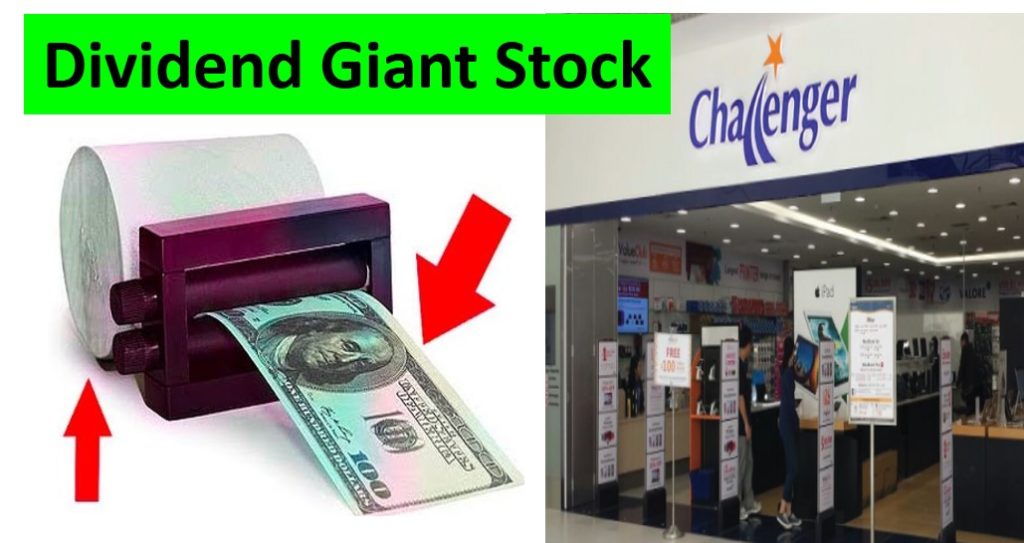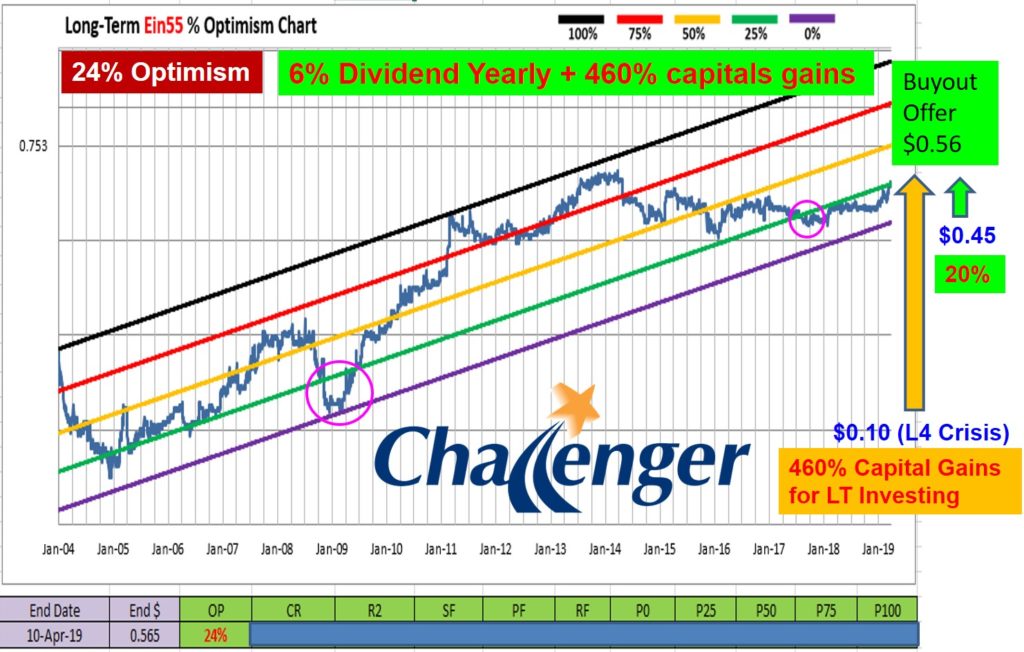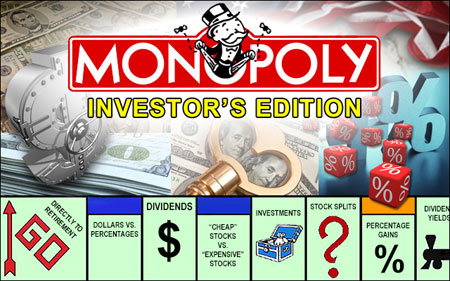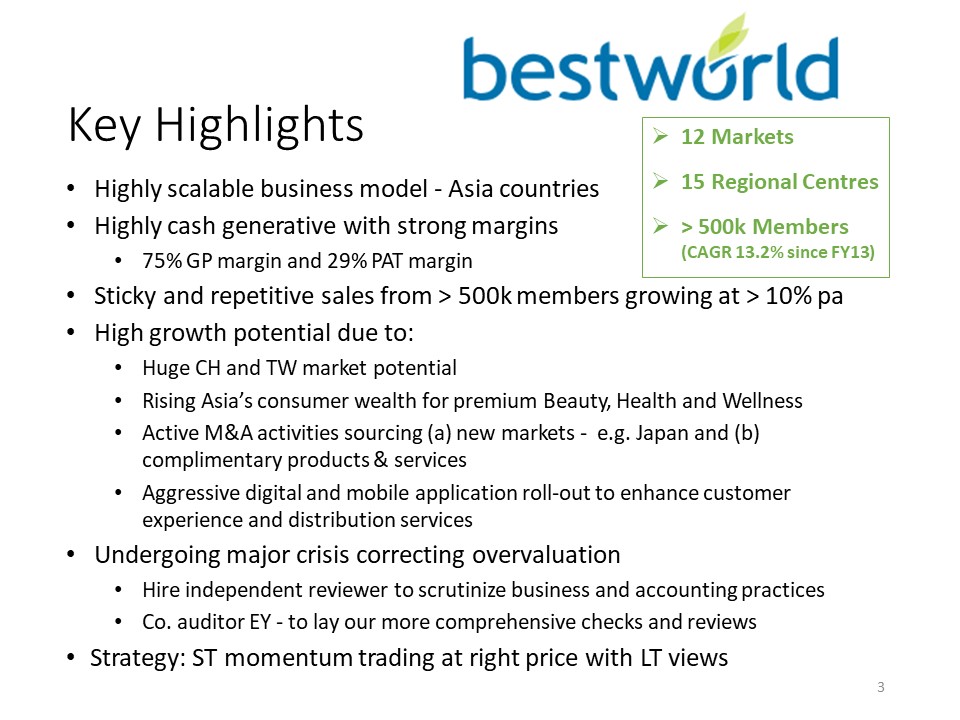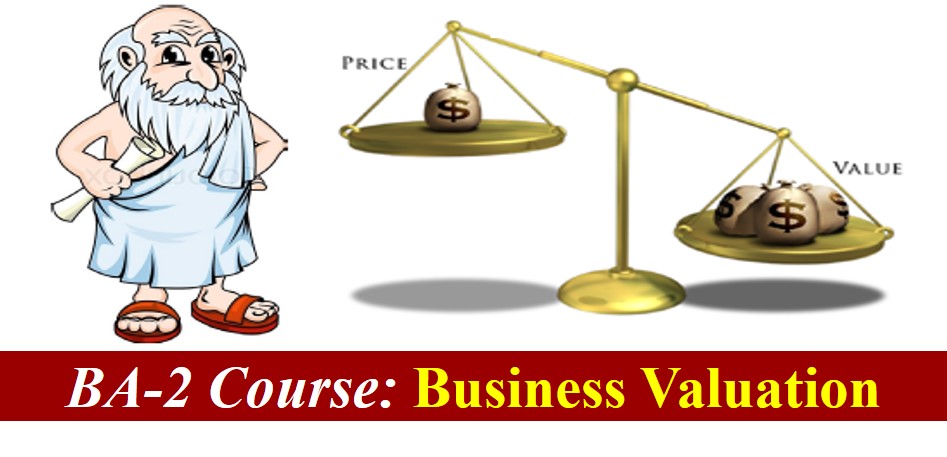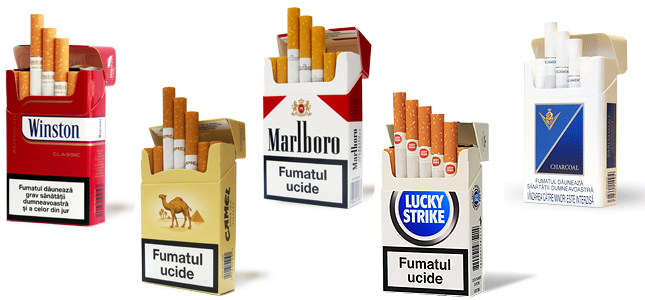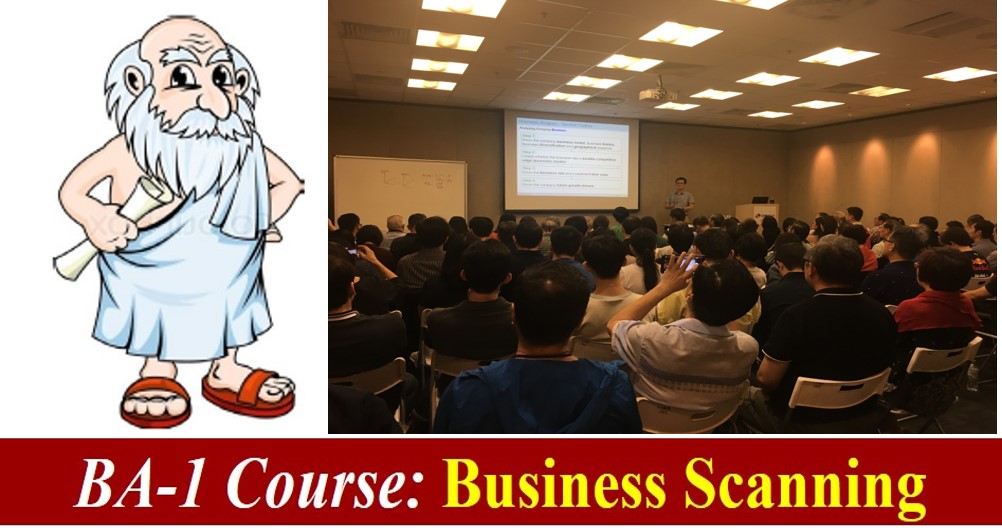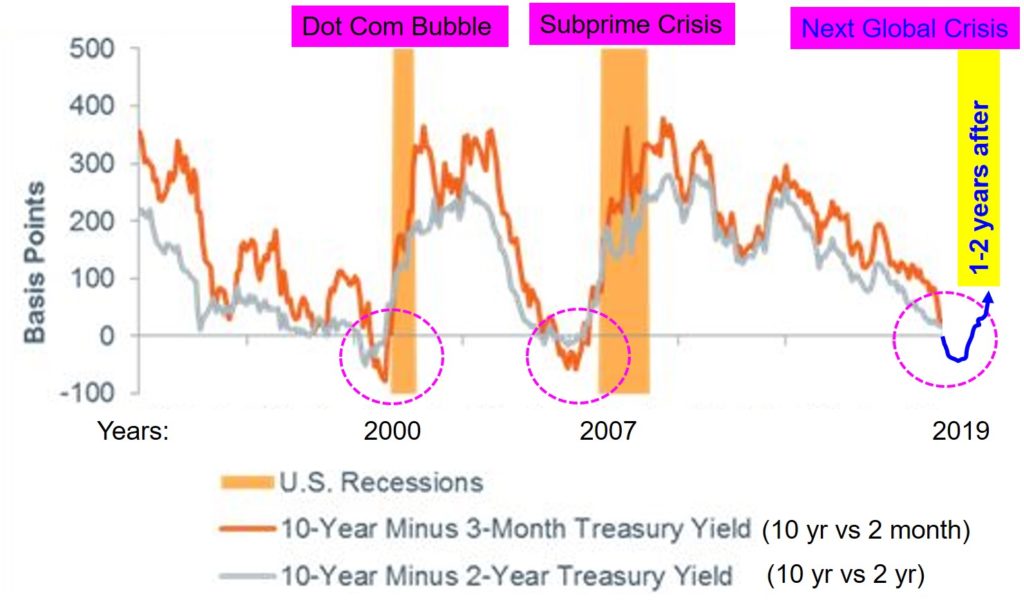
Gap between global short term bond yield (eg. 3 months or 2 years) and long term bond yield (eg. 10 years) is approaching zero or negative.
See chart of (10 yr vs 2 yr) and (10 yr vs 3 months) bond yields gap, historically after 1-2 years when this signal is triggered, global financial crisis would follow after a very bullish stock market. Will the same pattern be repeated this time as last few market cycles, eg dotcom bubble after year 2000, subprime crisis after year 2007?
Bond price and bond yield move in opposite direction because Bond Yield = Bond Interest / Bond Price. Bond yield is the % return from the bond market.
There are 2 general trends which cause the abnormality in global bond market now with short term bond yield closes to or more than long term bond yield:
1) More people buying long term bond (eg. long term investors who worry about stock market may crash), therefore long term bond price goes up, long term bond yield starts to drop (eg 10 years US bond yield drops from over 3% last year to about 2.45% in Mar 2019).
2) More people selling short term bond (short term fund is transferred from low-return short term bond to other more attractive opportunities, eg short term trading in bullish short term stock market or even deposit cash in bank with rising interest rate which competes with bond market), therefore short term bond short term bond yield has been going up (bond price drops) consistently, especially since year 2015 till now when US starts to increase the interest rate regularly.
Initially, long term bond yield was uptrend together with stock market but with falling of global stock market from level 3-4 high optimism (>75%) last year, long term bond yield has starts to drop from the last peak of over 3%, gap between long term bond yield (eg 10 years) and short term bond yield (eg. 3 months or 2 years) is getting narrower or even reversed (short term bond yield has higher return than long term bond yield) which is abnormal.
This is a danger signal but may not be immediate crash for global stock market. Historically, bullish stock market could still run for 1-2 more years after this abnormal bond market signal is observed. Investors need to pay attention to trend of short term bond yield (eg. 3 months), when it starts to fall down together with long term bond yield from a peak, this will show great fear in global stock market. Currently, short term bond yield still go up (bond price drops) under the momentum, this trend may be stopped or even reversed when US has stopped increasing the interest rate or start to cut down interest rate (signal of weaker economy), then bear market would come again.
Are you worried of the global bond market which may affect the global stock market with the next global financial crisis? As a stock investor/trader, one may position using 2 different unique strategies:
1) Investor – hold (for stocks bought at low last time) and prepare to sell stocks at high by riding the short term bullish stock market.
2) Trader – Buy High Sell Higher if the strong momentum in short term stock market could continue over the next 1-2 years.
Learn from Dr Tee free 4hr stock investment course to learn to grab the golden opportunities to profit from both immediate short term bullish stock market (as a trader) and also next future from global financial crisis (as an investor). 10 secrets of trading and investing will be shared.

